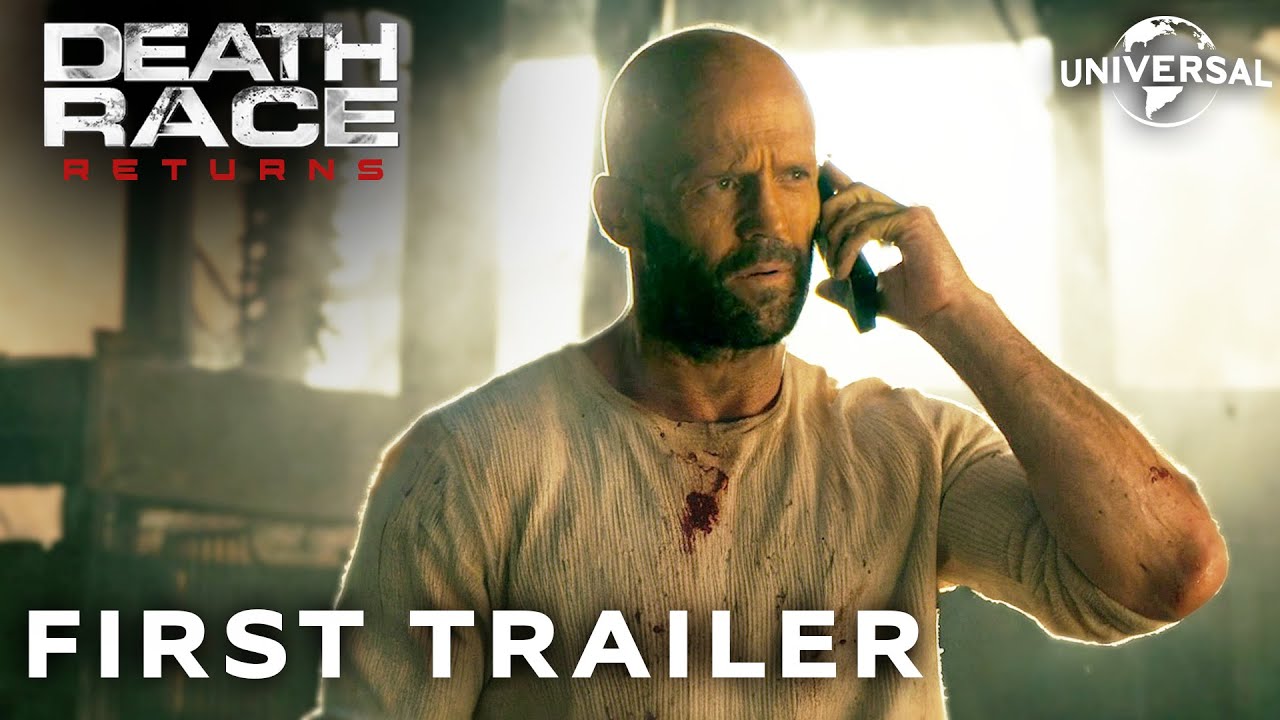“Death Race” (2008)

“Death Race” (2008) is an adrenaline-pumping action film directed by Paul W.S. Anderson, set in a dystopian future where violent entertainment has become the norm. The film is a modern reimagining of the 1975 cult classic “Death Race 2000,” adding a fresh, high-octane spin to the original concept.
Plot Overview: The story unfolds in a grim future where the economy has collapsed, and the U.S. government has turned to extreme measures to pacify the masses. The central spectacle is “Death Race,” a brutal, televised car race where inmates fight for their lives in heavily armed vehicles. The race is more than just a competition; it is a deadly game of survival, combining high-speed chases with ruthless combat.
The protagonist, Jensen Ames (played by Jason Statham), is a former race car driver wrongfully imprisoned for his wife’s murder. To secure his freedom and protect his daughter, Ames must participate in the Death Race, where he assumes the persona of “Frankenstein,” a legendary driver with a mysterious past. As he navigates the treacherous race, he must confront not only his enemies but also the dark truth about the game and the corrupt forces behind it.

Themes and Significance: “Death Race” explores several compelling themes:
- Survival and Redemption: The film delves into the concept of redemption through survival. Jensen Ames’ journey reflects his struggle for freedom and justice, showcasing his determination to overcome adversity and redeem himself.
- Society and Entertainment: At its core, “Death Race” critiques society’s obsession with violent entertainment. The film highlights how media exploitation and the commodification of violence can desensitize and manipulate the masses. It mirrors real-world concerns about the impact of sensationalist content on viewers.
- Corruption and Power: The movie also addresses themes of corruption and the abuse of power. The race’s organizers manipulate the system for profit and control, reflecting the corrupt nature of the corporate and political structures in the film’s world.
- Human Nature and Morality: The film challenges viewers to question human nature and morality. It presents a stark contrast between the brutal, survival-driven world of the race and the values of empathy and justice.












